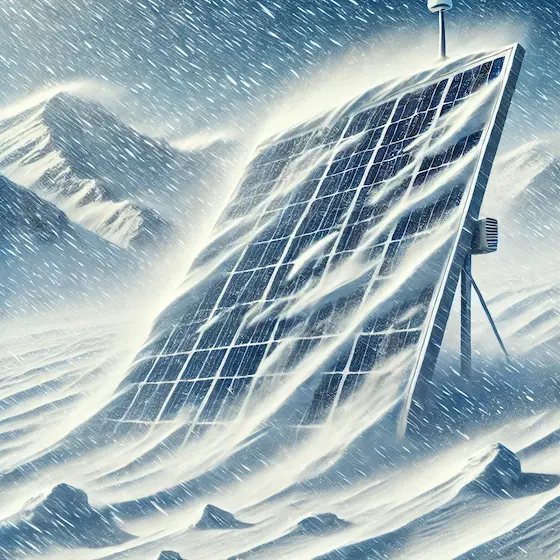High electricity demand due to hydrogen production for the seasonal storage of significant solar power generation
Photovoltaics as Main Source
By 2050, photovoltaics will generate 76 TWh of electricity in Switzerland, with 72 GW installed capacity
Expansion of Wind and Water
An additional 6 TWh from wind power and 1 TWh from hydropower will enhance energy security
Power-to-Gas for Winter Electricity
Excess solar power from summer will be stored as gas and used for electricity generation in winter
Electrification of Transport and Heating
Fossil fuels will be replaced by efficient electric solutions in transport and buildings
Energy Mix Winter
Production
Demand
Production
2025
Total generation 34.1 TWh
2050
Total generation 51.9 TWh
Demand
2025
Total demand 34.6 TWh
2050
Total demand 50.8 TWh
2050 Winter
Transition Winter
The energy mix as we transition to 2050
Demand
Import
PV
Wind
Hydro
Biomass
Gas
Nuclear
Fossil
2025 Winter
TWh
Demand
34.6
Generation
34.1
Deficit
--
Import 0.5
Import
0.5
Import atget exceeded
--
Generation
34.1
Storage reserve used
--
PV 4.4
PV Roof
3.7
PV Alpine
0.7
PV Ground
--
Wind
0.6
Hydro 14.8
Run-of-River
6.3
Storage
8.5
Biomass 1.2
Biomass
1.2
CCS Biomass
--
Gas --
Market-Gas
--
Reserve gas power plants
--
Geothermal
--
Nuclear 12.2
Nuclear
12.2
New nuclear
--
Fossil 0.9
Existing fossil fuel power plants
0.9
CCS Fossil Fuels
--
Hard coal
--
Challenges
Utilizing Photovoltaic Overcapacity
Up to 10 TWh of solar power might go unused or unexported due to limited storage capacity
Efficiency Losses in Power-to-Gas
The reconversion of gas from excess solar power causes significant energy losses
Wind Power Expansion for Winter Needs
Despite wind power expansion, meeting winter electricity demand remains a major challenge
Increased Electricity Demand for Electrification
Electrifying transport and heating significantly raises electricity demand, requiring efficient solutions
How Resilient Is This Scenario? Put It to the Test!
The scenario above assumes normal weather and stable energy imports, but what happens when extreme conditions hit? A harsh winter or import limitations from the EU could impact production, increase demand, and even lead to power shortages. Stress-test your scenario under these challenging conditions and see how it holds up in the face of real-world uncertainties.

Costs
Total Costs, Revenues and Subsidies in CHF until 2050.
Total production costs
302 billion
Accumulated until 2050
Revenues
258 billion
Assuming an average power price of 75 CHF/MWn
Subsidies required
67 billion
Remaining costs not covered by revenues
Average cost
10.8 billion / year
The annual average of the total cost, 10.8 bn CHF per year, is less than 2% of the (estimated) Swiss GDP in 2024 (825 bn. CHF).
Levelized cost
We use Levelized costs of electricity (LCOE). Future costs may rise as cheaper plants are replaced. High demand and costly technologies like rooftop PV can further increase costs. See Expert Mode for details on technology costs.
2020s
2030s
2040s
Levelized cost (LCOE) ⌀ CHF/MWh
About the scenario developer

Roger Nordmann (SP)
Roger Nordmann is a member of the Swiss Social Democratic Party (SP) and a strong advocate for climate action. He is known for pushing progressive energy policies and the expansion of renewable energy in Switzerland. His focus is on reducing emissions while ensuring social fairness in the energy transition.
Want to know more about this scenario?
Explore detailed energy data, customize generation parameters, and create your own energy
scenario with the expert mode
Show in expert mode We want your feedback!
We’re excited to be taking Power Switcher in a new direction and would love your feedback! Let us know what’s working and where we can improve, every suggestion helps us make the tool better for you.
Share feedback Got questions about the Power Switcher or the Scenarios?
Contact us on [email protected]
Contact us on [email protected]
Methodology reviewed by ETH Zürich
